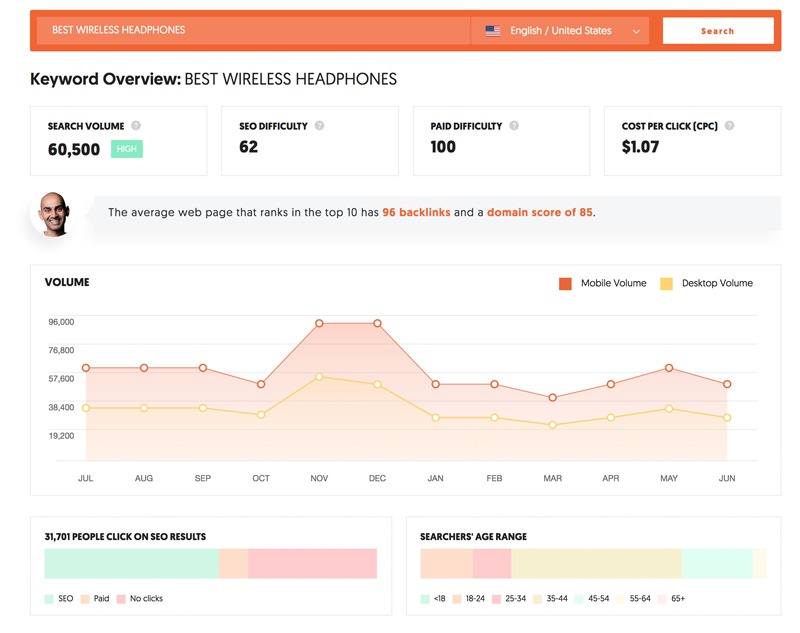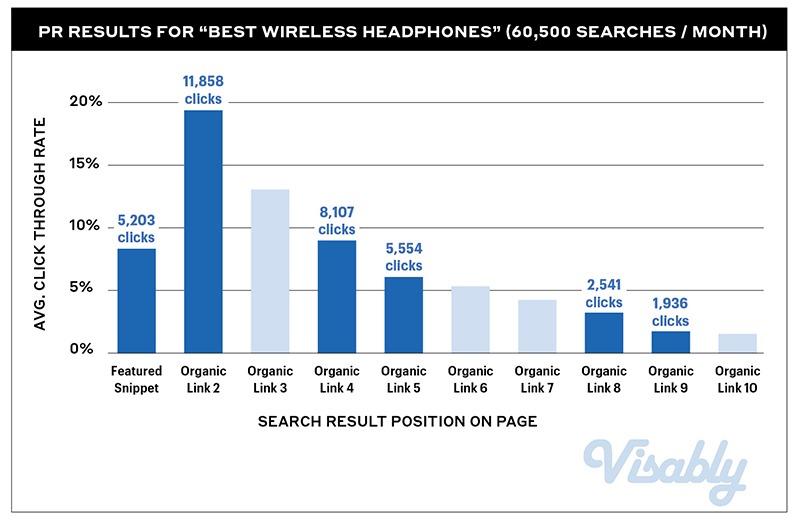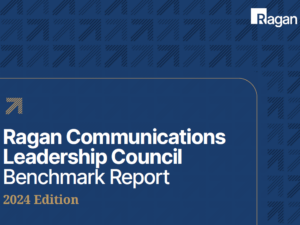Stronger PR reporting is hidden in keyword data
Vanity metrics are ruining PR. Try using search engine key performance indicators for better measurement.

It used to be that a splashy media hit in Men’s Journal kept our clients happy for the remainder of a quarter. That was in 2009.
Let’s be honest, PR reporting has fallen behind the rest of the marketing profession when it comes to ROI measurement. It’s not all our fault; implicit in “earned media” is that we give up an element of direct control while basking in the warm approval of a third party.
We all realize that reporting on print circulation, unique visitors per month (UVPM), or social following tells a small part of the story. While these may be the best numbers we have, they don’t speak to how many people saw an article or if those readers were even qualified customers. As for equivalent ad value, it’s hardly ever equivalent. Advertising is a game of wheel and deal and no one pays the sticker rate. Rarely does a PR placement match the dimensions or brand focus of an “equivalent ad.”
Let’s say you have a big month and win client mentions in Fast Company, The Verge, and Good Housekeeping.
FastCompany.com: 4.7M UVPM
GoodHousekeeping.com: 9.5M UVPM
TheVerge.com: 14.3M UVPM
Total UVPM: 28.5MILLION !!
But wait, isn’t New York City’s population 8.4 million? So, with these three placements, you reached the equivalent of three times NYC’s entire population? Of course not, and your client knows it. Reporting UVPM without an asterisk is not only bad practice, it can endanger your clients’ trust.
Fortunately, there is a better measurement solution in commonly used search engine KPIs. You’re not focused on winning PR that rank well in search? Let’s save that discussion for another day, but I’m willing to guess that you already have some PR hits that are winning at the top of search, even if you don’t realize it. Either way, it’s easy to get started: type in some general keyword phrases related to your client’s product (e.g. “Best Running Shoes 2020”) and see what type of hits rise to the top. From here, you can develop a PR roadmap of which writers and publications Google rewards with top search positions. Build relationships with these people. It will pay off.
RELATED: Hear more from Chris Dickey at our upcoming Measurement Workshop: Understanding and Proving ROI
Here’s how:
For client reporting, three ROI factors can be easily assessed by using audience data commonly used in the search engine marketing community:
1. Audience measurement using Monthly Search Volume
2. Equivalent Advertising Value based on Cost-Per-Click data
3. Customer Qualification

(UberSuggest.com is a free SEO analytics website that provides keyword monthly search volume and other useful audience statistics)
Monthly Search Volume
An audience metric that search engine marketers use obsessively, Monthly Search Volume, is a precise estimate of how many people searched for an exact keyword phrase in the United States over the course of a month. The problem is Monthly Search Volume doesn’t tell you how many people saw your article. However, using the law of large numbers, we generally know what percentage of people click on the No.1 organic search result vs. the No. 8 organic result. We can then use these average click-through rates to deduce how many people clicked on what organic result.
Equivalent Advertising Value based on cost-per-click data
Marketers/CMOs like to quantify how much money they saved (or made) as a result of their investment in you. Search engine marketers are deeply beholden to the Google advertising bidding model of cost-per-click (CPC). There’s no wheeling and dealing here—just a straightforward purchase of customer clicks. If you can “earn” a click via organic search rather than advertising, then you can calculate the aggregate equivalent ad value of those clicks in your monthly report.
Customer Qualification
Let’s say someone is searching for “Best Wireless Headphones.” What do we know about this person? They likely have a high intention to purchase, solve a problem, or make a decision related to wireless headphones. The free SEO analytics website UberSuggest.com tells us there’s over 60k of these people every month searching Google for that keyword phrase.
Now, let’s say that you work for a “wireless headphone” brand and you focus your PR efforts on sites that commonly show up in search results for “Best Wireless Headphones.” After much hard work you acquire several product reviews that end up in the following positions on the first page of search:

(Visably.com is a free SEO analytics website that identifies PR hits in search and helps quantify their value.)
In total, your PR efforts are now winning clicks from over 35,000 qualified customers every month with an equivalent CPC value of $37,662.93.
For that marketing team, you just acquired the equivalent of $37,700 in Google advertising. Everyone on the team will recognize that value. It’s likely that your PR will continue to hold those search rankings for months to come, meaning you can keep reporting these numbers month-after-month, because they reflect real dollars and customers.
Read more about search engine visibility and public relations via this free white paper: The Ultimate PR Guide to Search Engine Strategy.
Chris Dickey is the owner and founder of Purple Orange Brand Communications, a PR agency that specializes in outdoor and active lifestyle brands. Chris started exploring the intersection of search engine marketing and public relations by having his agency audit search results for PR opportunities, eventually scaling that strategy to win over large swaths of highly valuable organic search results for his clients, using PR tactics.
In 2019, he took this strategy a step further by founding Visably, a new marketing/PR platform that audits search results for brand mentions, and provides an analysis of the website’s “channel” for further segmentation and media list building.
This article is in partnership with Visably.






